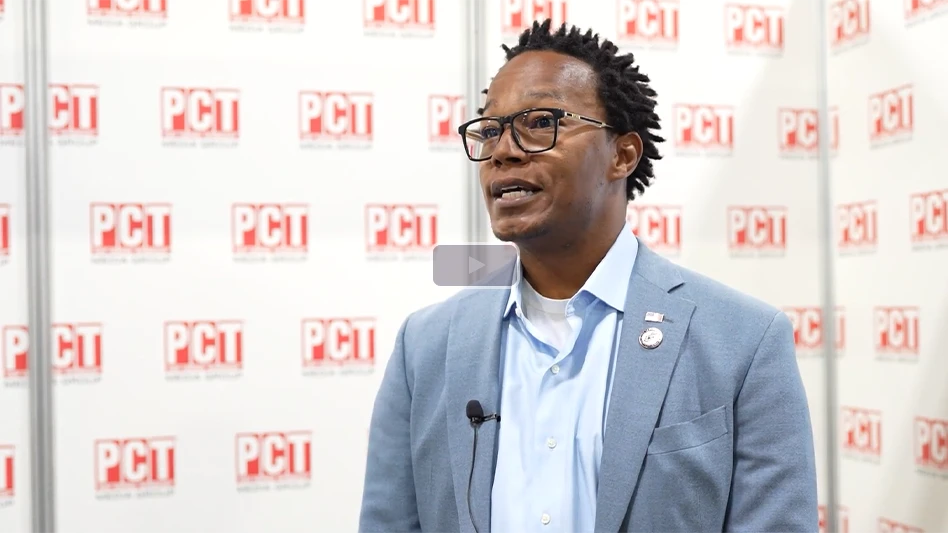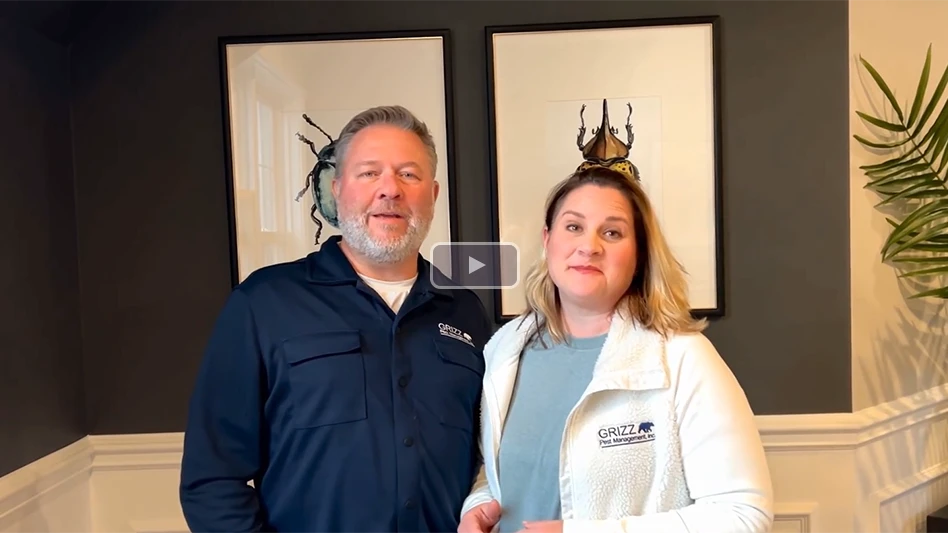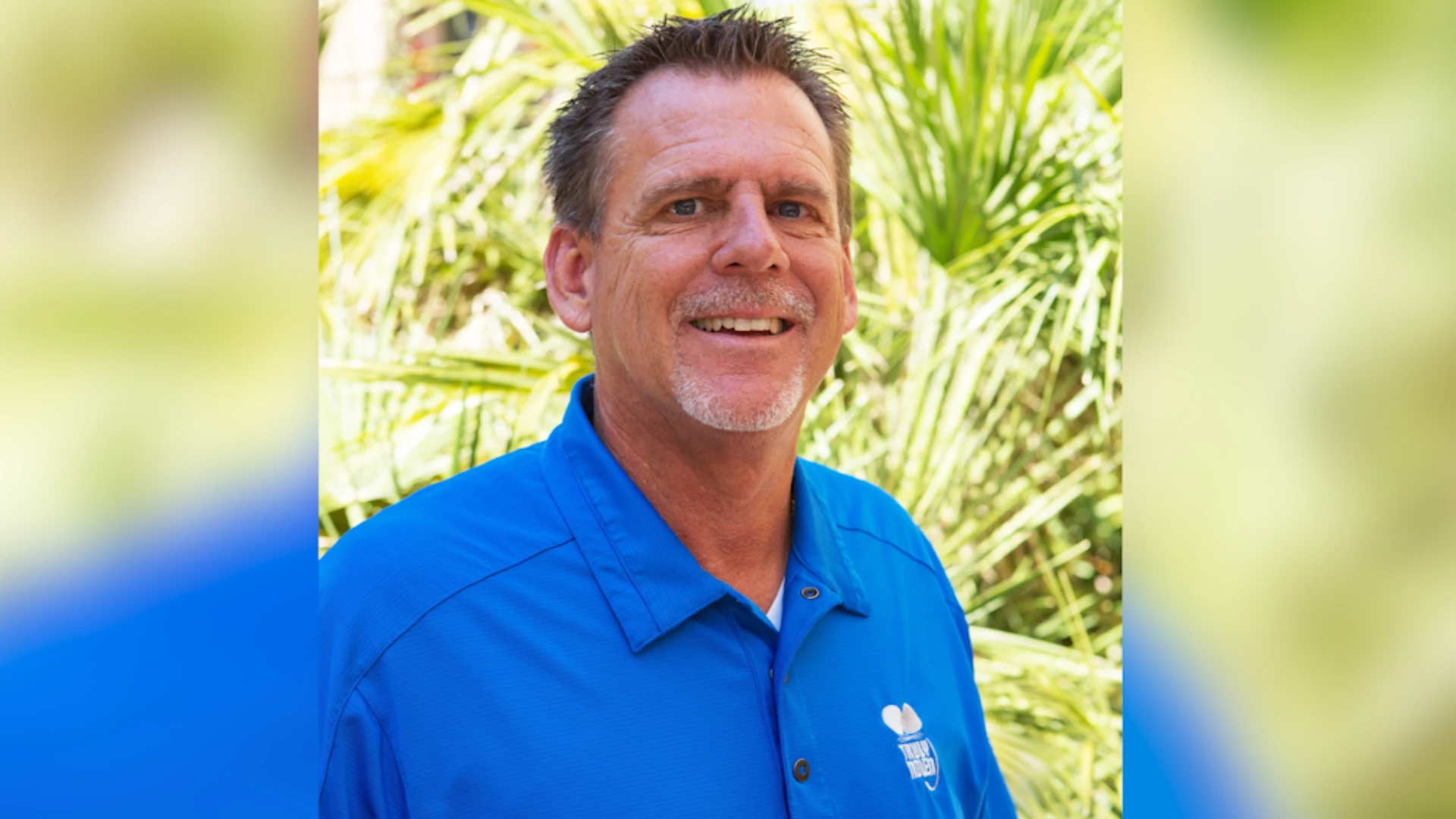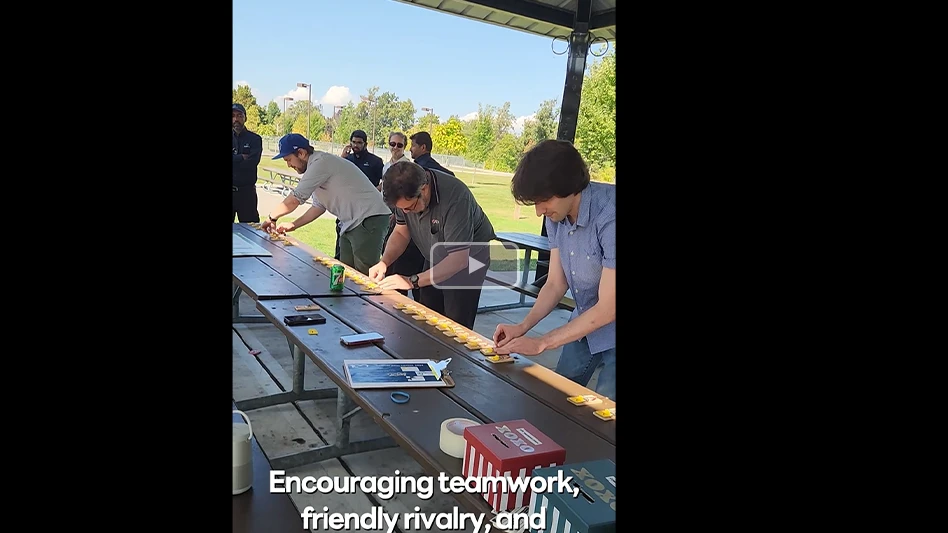More than two dozen PMPs from in and around Hawaii recently got a "sneak peak" at Termidor DRY, the first extension of the Termidor termiticide/insecticide product line since the widely used termiticide was introduced more than a decade ago. Featured speakers at the invitation-only event held prior to NPMA PestWorld included Tom Nishimura, BASF technical services specialist, and Dr. Julian Yates III, extension specialist in urban entomology, University of Hawaii, as well as members of BASF’s sales and marketing staff.
Scott Kleinschmidt, a BASF technical manager based in Australia, is credited with developing the Microllose-based formulation that is a key feature of the new product. "In Australia, a termite gallery treatment is a fairly entrenched method of termite control and fipronil is a magnificent molecule," Kleinschmidt observed, "so it was really just a matter of combining the two."
More than just an inert carrier, Microllose is a unique cellulose food source – formulated with 0.5 percent fipronil – that is even more appetizing to termites than wood, according to BASF. "Not only does Microllose act as a carrier of Termidor, but it also can serve as an alternate diet component," Nishimura said. "It meets the dietary requirements of termites."
In addition to serving as a viable food source for both drywood and subterranean termites, the microscopic particles found in Termidor DRY readily adhere to termites, resulting in rapid distribution throughout the colony. Following treatment, when these "carriers" come in contact with other termites in the colony, the toxicant is shared during grooming or other interaction, resulting in the Termidor Transfer Effect.TM
Like Termidor, the product’s patented Microllose matrix is both undetectable and slow acting, "encouraging termites to ingest and spread the active ingredient," Kleinschmidt said. As a result of this formu-lation enhancement, "PMPs can experience proven Termidor efficacy and reliability with Termidor DRY in locations Termidor termiticide/insecticide has never been (used) before," according to Ryan Weber, product manager, BASF Pest Control Solutions. These "off-structure" sites include utility poles, fencing, decks, railroad ties, and landscape timbers, in addition to piers and beams. "We can treat virtually any termite, in any wood, almost any where," he said. However, Weber reminded attendees that Termidor DRY is not a substitute for soil treatments of subterranean termites.
HOW TO APPLY. Termidor DRY is designed to be applied directly to termite galleries in wood, carton nests or shelter tubes from the foundation to the roof of structures. The product is applied with a specially designed bulb applicator available in a Starter Kit from BASF (see related story). The Starter Kit contains an applicator, two 5-gram cartridges of Termidor DRY, a 10-inch extension tip and training DVD.
Once termite activity or damage is identified in a piece of wood, pilot holes are drilled where galleries are suspected. "Simply position the nozzle over the top of the pilot hole, ensure the nozzle is seated into the hole and squeeze the bulb," said Bob Hickman, technical services specialist, BASF Pest Control Solutions. "One to three puffs per access hole are adequate for most situations."
When the bulb is compressed, pressure "lifts" the Termidor DRY particles in the cartridge, moving them through the discharge tube and depositing them in the treatment site. Multiple injection points may be required for each void, carton or gallery. However, PMPs should not apply more than 5 grams of Termidor DRY per 1,000 square feet of total internal surface, carton or gallery. Once the product is applied, the holes can be resealed to camouflage the treatment zone.
"Homeowners will appreciate your ability to treat active infestations at the most critical areas with the minimally invasive application method and low dose of active ingredient of Termidor DRY," Weber said. Other key benefits of the ready-to-use product, according to BASF, include:
• Proven performance – Termidor DRY features the active ingredient, fipronil, an undetectable, non-repellent termiticide with a proven track record of success.
• Dry formulation – Termidor DRY does not add moisture to wood like foam or liquid applications.
• Precision application – A special metering applicator injects a controlled dose of Microllose particles directly into active termite galleries through a small pilot hole or kick out holes of drywood termites. Proper application and resealing are neat and clean, leaving barely a trace of treatment.
• Cost effective – One vial provides 150 applicator compressions, enough for two or three typical homes.
• Broad label – The Termidor DRY label allows treatments throughout structural interiors/exteriors, outlying structures, trees, fence posts, landscaping timbers, docks – virtually anywhere a PMP is likely to encounter an active termite gallery.
PACKAGING. Termidor DRY comes in a small, pre-packaged, ready-to-use vial, which treats two to three average-sized homes. It can be used as a spot treatment for drywood termites and as an adjunct treatment for subterranean termites, according to Bob Hickman, technical services specialist, BASF Pest Control Solutions. "It also can be an adjunct to an exterior perimeter/limited interior (EPLI) treatment (i.e. above-ground windowsill)," he said. "It (the label) really has a lot of flexibility."
Termidor DRY features a "Caution" label and no personal protective equipment is required, but BASF recommends the use of a disposable mask and gloves when applying the product. PMPs are urged to keep the product in its original container in a cool, dry, well-ventilated location and out of direct sunlight. To download a copy of the label and MSDS, visit www.PestControl.basf.us/TermidorDry.
Dr. Julian Yates, an extension specialist in urban entomology at the University of Hawaii who conducted some of the initial lab work with the product, said Termidor DRY exhibits many of the same characteristics as Termidor termiticide/insecticide. "It appears that the termites are consuming the product and transferring the compound to untreated termites," he said. "We’re getting the mortality we want well within the 30-day window."
The targeted nature of the product makes it a particularly promising tool for drywood termites, according to Yates because drywoods are a "much more challenging animal based upon the galleries they build. Drywood termites directly exposed to Termidor DRY sustained high mortality within 24 hours of exposure," he said.
After sitting through the hour-long educational session, PMPs at the meeting seemed to agree. "I would use it in (localized treatments in) condos, high-rises and homes that could not be fumigated," said Mohinder Maan, president of Diversified Exterminators, Honolulu, Hawaii. "High rises are difficult to fumigate. There may be 150 condos in a high-rise, but only one or two may be infested." In such instances, he said Termidor DRY appears to be a viable treatment option. "I can see using the product in localized treatments." However, before offering a warranty, he would want to gain some experience with the product.
CONCLUSION. In the past 10 years, more than four million structures have been treated with Termidor in the United States, accord-ing to BASF. With its latest product line extension, the company hopes to expand its market footprint further, offering an additional treatment option for PMPs interested in providing "targeted" applications of Termidor.
For Scott Kleinschmidt, however, Termidor DRY is more than simply the addition of another SKU to BASF’s ever-expanding product line. "For me, it’s very satisfying to see an idea develop into an actual product," he said. "Usually innovations come from the United States and Europe, not necessarily Australia, so we’re proud to provide our American colleagues with another effective tool in their battle against termites."

Explore the December 2010 Issue
Check out more from this issue and find your next story to read.
Latest from Pest Control Technology
- MGK Announces EPA Registration of Botanical Active Ingredient Veratrine
- Termite Control Sales Strategies
- NPMA Announces ELP Class of 2025
- Termite Control Tools and Equipment for PMPs
- Choe Reviews Drywood Termite Geographical Hotspots, Latest Research Findings
- Mosquito Squad Announces Rebranding to Mosquito Squad Plus
- Pest Control Equipment: If it’s Critical, Back it Up!
- In Memoriam: Marybeth Wonson





